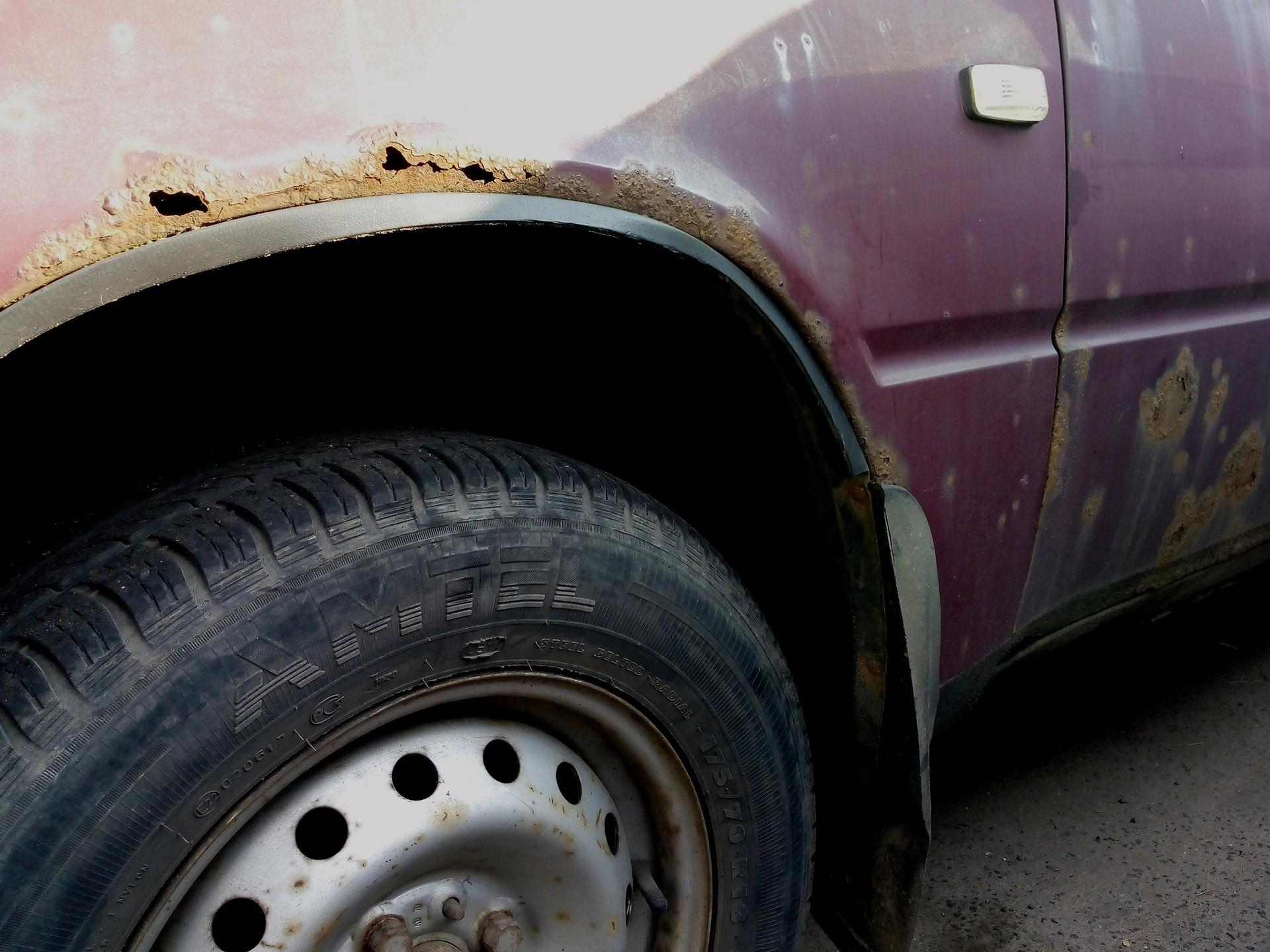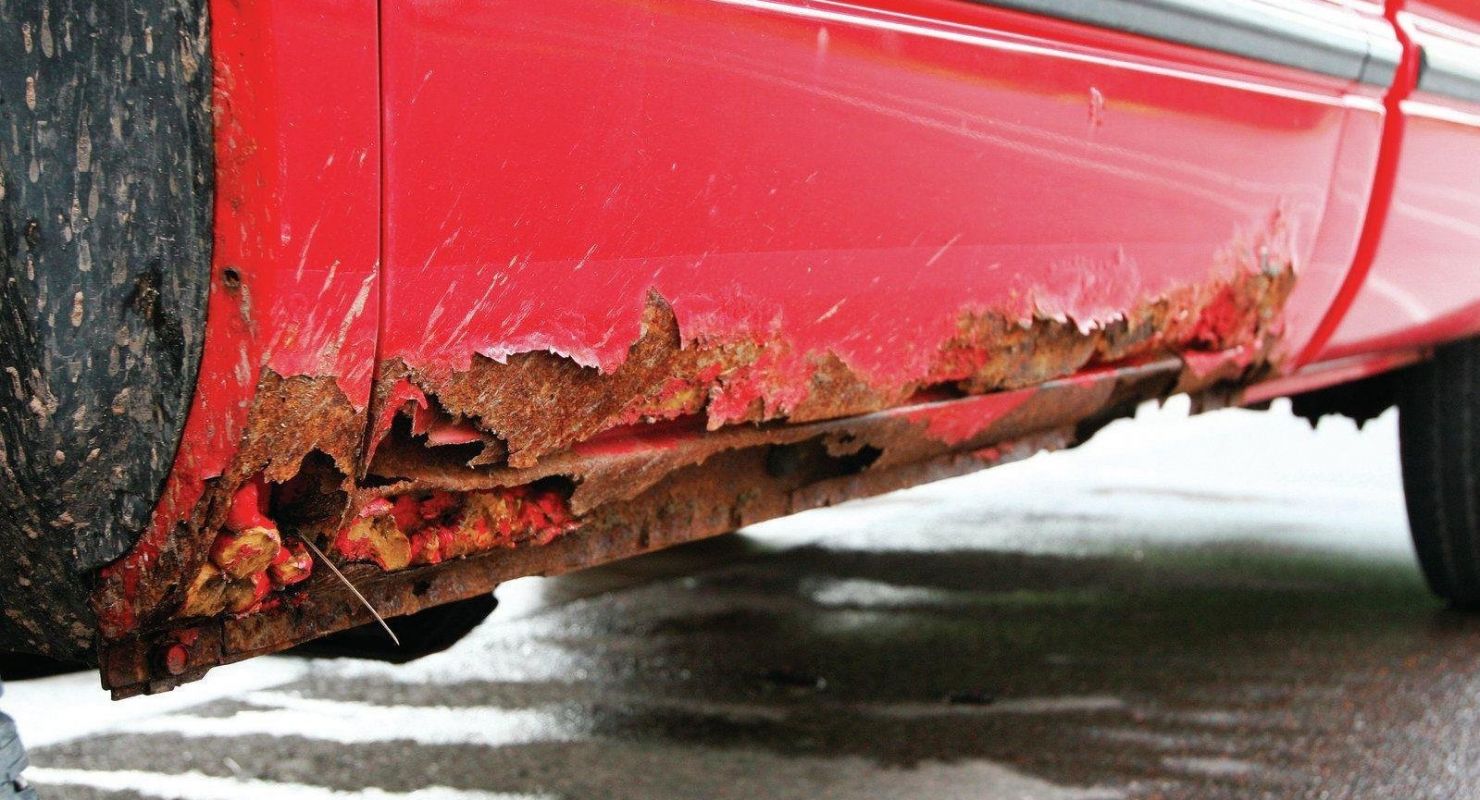
Can a galvanized car body rot and why does this happen
Content
Galvanizing has another level of protection - electrochemical. Zinc and iron form a galvanic pair, that is, upon contact with moisture, an electric current begins to flow between them and one of the members of the pair begins to collapse.
If you leave a piece of iron in the open air, its fate will be sad and inevitable: sooner or later the metal will begin to rot and turn into dust. In order to delay the onset of the corrosion process and slow it down, automakers go to different tricks - they cover the metal of the body with a multilayer “sandwich” of mastics, primers, paints and varnishes.
To further secure the car, some auto companies cover the entire body (or parts of it) with zinc. But whether the galvanized car body rots - later in the text of the article.
Why galvanized parts are more resistant to corrosion than plain steel
Corrosion is the reaction of metals with oxygen, during which the corresponding oxide is formed (in the case of iron (steel) - FeO2, well-known rust). Other metals react with oxygen - aluminum, copper, tin, zinc. But they are referred to as "stainless" because the oxides on their surfaces form a thin, durable film through which oxygen no longer penetrates. Thus, the inner layers of the metal are protected from corrosion.
In the case of steel, the situation is reversed - iron oxide forms loose, mechanically unstable “flakes”, through which oxygen successfully penetrates further, into ever deeper layers. This is the essence of the protective treatment of steel with zinc: zinc oxide reliably protects steel by blocking the access of oxygen. The degree of protection depends on two parameters: the method of application and the thickness of the protective layer.

Rotting body sill
The strongest degree of protection is given by hot galvanizing - immersion of the car body in molten zinc. Good results are shown by the galvanic method (the body (or its part) is lowered into an electrolyte containing zinc and an electric current is passed), thermal diffusion galvanizing. The meaning of all these methods is that zinc is not only applied to the surface, but also penetrates to a certain depth into the steel itself, which increases the protective properties of the coating.
Galvanizing has another level of protection - electrochemical. Zinc and iron form a galvanic pair, that is, upon contact with moisture, an electric current begins to flow between them and one of the members of the pair begins to collapse. Zinc is a more active metal than iron, therefore, in case of mechanical damage (scratch) on galvanized steel, it is zinc that begins to break down, and the steel itself remains untouched for some time.
When the galvanized body rusts
No technology is perfect. Whether the galvanized car body rots, the answer is unequivocal. Sooner or later, corrosion will overcome even the most carefully galvanized car. And this will happen for two reasons.
Damage to the zinc layer
The most obvious reason for the onset of corrosion processes in galvanized metal is mechanical damage, which opens access to oxygen to unprotected steel. First, the zinc layer will begin to break down, and then the body metal. For this reason, many owners of premium car brands (such cars have a very high-quality zinc coating), even after minor accidents, seek to get rid of the car as soon as possible. It is possible to fix a dented body, paint over and varnish the place of damage in a car service, but to restore the integrity of the zinc layer is possible only in industrial production.
Zinc oxidation
A strong zinc oxide film reliably protects the metal from oxygen penetration. However, zinc still degrades under the influence of moisture, road chemicals, and temperature changes. This means that the oxide layers are gradually destroyed, and pure zinc, reacting with oxygen, forms new layers of the protective oxide film.

Rust on the car
It is clear that this process can go on for a very long time, but not indefinitely. In an urban environment, the rate of destruction of the zinc coating is 6-10 microns per year. This explains the period of guarantee against through corrosion established by the manufacturers: the thickness of the protective layer is divided by the rate of its disappearance. On average, it turns out about 10-15 years.
What to do if the galvanized body rots
The answer to the question of whether the galvanized car body rots has already been given above. If rust has already begun to seize the car body, do not hesitate to visit a good car service. Corrosion processes can be slowed down if its foci are properly treated.
And for trouble-free operation outside this period, it is imperative to protect vulnerable spots (bottom, sills, arches, etc.) with anticorrosive agents, monitor the cleanliness of the car (dirt contributes to the degradation of the protective coating), and eliminate small chips and scratches in a timely manner.

